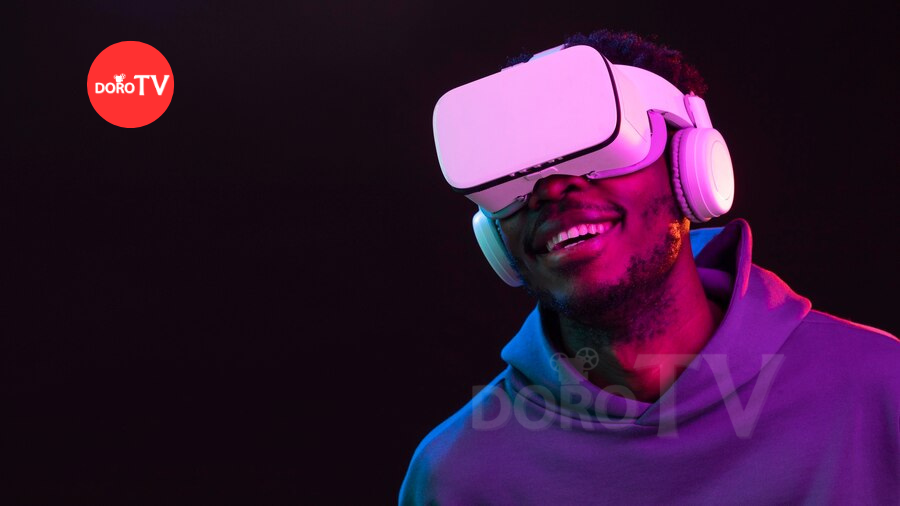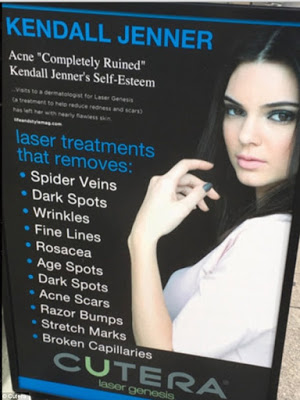Unleashing New Sensory Experiences: The Future of Wearable Tech

| Date | January 8, 2025 |
| Source | Max Planck Institute for Intelligent Systems |
| Summary | Scientists have invented compact wearable devices that deliver rich, expressive, and pleasant tactile sensations that go far beyond the buzzing vibrations of today's consumer devices. |
Did you know? You can comment on this post! Just scroll down
Human skin can perceive a wide range of sensations, including a gentle pressure, fast taps, and the thud-thud of a heartbeat. Phones, game controllers, and watches, on the other hand, frequently use vibrations to capture the user's attention. Unfortunately, this sudden, rapid shaking feels unlike most regular touch interactions and can soon become irritating. Researchers at MPI-IS in Stuttgart have constructed cutaneous electrohydraulic (CUTE) wearable devices that will considerably broaden the haptic sensations that future consumer products can generate.
CUTE wearable gadgets are electrically powered and can generate a stunning range of tactile sensations, including pushing on the skin, gradual and calming contact, and vibrations at a wide variety of frequencies, from low to high.
This novel approach to wearing haptic feedback gives consumers unparalleled control over the tactile sensations they can experience.
These CUTE wearable gadgets were developed by an interdisciplinary collaboration of MPI-IS researchers from the Haptic Intelligence Department (headed by Katherine J. Kuchenbecker) and the Robotic Materials Department (directed by Christoph Keplinger).
This novel approach to wearing haptic feedback gives consumers unparalleled control over the tactile sensations they can experience.
These CUTE wearable gadgets were developed by an interdisciplinary collaboration of MPI-IS researchers from the Haptic Intelligence Department (headed by Katherine J. Kuchenbecker) and the Robotic Materials Department (directed by Christoph Keplinger).
The researchers developed revolutionary hydraulically amplified self-healing electrostatic (HASEL) artificial muscles to produce wearable gadgets that can communicate with the user's sensation of touch.
When a voltage is supplied, the soft actuator in the center of the device expands appropriately to it.
This expansion enables the gadget to make and break contact with the flesh, much like a human reaching out to touch the user's wrist.
Changing the voltage over time allows the haptic feedback to be freely modified, delivering various sorts of touch sensations based on the intended haptic experience.
When a voltage is supplied, the soft actuator in the center of the device expands appropriately to it.
This expansion enables the gadget to make and break contact with the flesh, much like a human reaching out to touch the user's wrist.
Changing the voltage over time allows the haptic feedback to be freely modified, delivering various sorts of touch sensations based on the intended haptic experience.
CUTE gadgets are small, quiet, safe, and energy efficient, and they remain cool while operation.
The team further demonstrates these amazing powers in a video.
Wearable assistive technology for guiding, tactile sensations to enhance augmented or virtual reality, and complementing audio and visual input in loud or visually demanding circumstances are all potential future applications for CUTE devices.
The team further demonstrates these amazing powers in a video.
Wearable assistive technology for guiding, tactile sensations to enhance augmented or virtual reality, and complementing audio and visual input in loud or visually demanding circumstances are all potential future applications for CUTE devices.
The device's tactile sensations can express a wide range of emotions, from peaceful to stimulating, such as stroking or tickling the skin, the sensation of a heartbeat, and even an engine turning on and off.
Surprisingly, consumers find almost all of its tactile cues pleasant: the only sensation they disliked was a persistent high-frequency vibration, similar to those produced by many modern consumer electronics.
Furthermore, users can detect a wide range of cutaneous signals with near-perfect precision, demonstrating another advantage of CUTE devices over commonly used electromagnetic actuators.
Surprisingly, consumers find almost all of its tactile cues pleasant: the only sensation they disliked was a persistent high-frequency vibration, similar to those produced by many modern consumer electronics.
Furthermore, users can detect a wide range of cutaneous signals with near-perfect precision, demonstrating another advantage of CUTE devices over commonly used electromagnetic actuators.
"Our CUTE devices demonstrate the feasibility of creating lightweight wearable systems that provide pleasant and expressive tactile communication. Future developments could see this technology applied to larger areas of the body, producing more complex sensations, and even studying human perception of haptic cues that were previously difficult to create," says Natalia Sanchez, a Ph.D. student at MPI-IS and first author of the publication.
Article Posted 5 Months ago. You can post your own articles and it will be published for free.
No Registration is required! But we review before publishing! Click here to get started
One Favour Please! Subscribe To Our YouTube Channel!
468k
Cook Amazing Nigerian Dishes, Follow Adorable Kitchen YouTube Channel!
1.1m
Like us on Facebook, Follow on Twitter
React and Comment
Click Here To Hide More Posts Like This
Watch and Download Free Mobile Movies, Read entertainment news and reports, Download music and Upload your own For FREE.
Submit Your Content to be published for you FREE! We thrive on user-submitted content!
But we moderate!

















